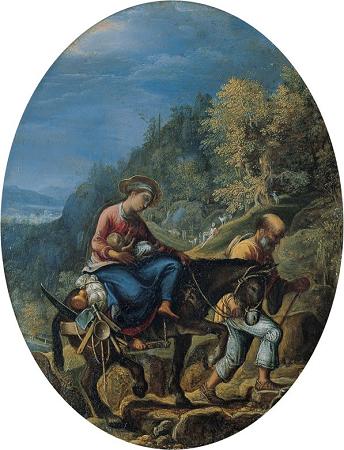Kimbell Art Museum. The Kimbell Art Museum in Fort Worth, Texas, hosts an art collection as well as traveling art exhibitions, educational programs and an extensive research library. Its initial artwork came from the private collection of Kay and Velma Kimbell, who also provided funds for a new building to house it. The building was designed by architect Louis I. Kahn and is widely recognized as one of the most significant works of architecture of recent times. It is especially noted for the wash of silvery natural light across its vaulted gallery ceilings. Kay Kimbell was a wealthy Fort Worth businessman who built an empire of over 70 companies in a variety of industries. He married Velma Fuller, who kindled his interest in art collecting by taking him to an art show in Fort Worth in 1931, where he bought a British painting. They set up the Kimbell Art Foundation in 1935 to establish an art institute, and by the time of his death in 1964, the couple had amassed what was considered to be the best selection of old masters in the Southwest. Kay left much of his estate to the Kimbell Art Foundation, and Velma bequeathed her share of the estate to the foundation as well, with the key directive to build a museum of the first class. The Foundation's board of trustees hired Richard Fargo Brown, then director of the Los Angeles County Museum of Art, as the founding director of the museum with the task of constructing a building to house the Kimbell's art collection. Upon accepting the post, Brown declared that the new building should itself be a work of art, as much a gem as one of the Rembrandts or Van Dycks housed within it. The proposed museum was given space in a 9.5 acre site in Fort Worth's Cultural District, which was already home to three other museums, including the Modern Art Museum of Fort Worth and the Amon Carter Museum, specializing in art of the American West. Brown discussed the goals of the institution and its new building with the trustees and summarized them in a four-page Policy Statement and a nineteen-page Pre-Architectural Program in June 1966. After interviewing a number of prominent architects, the museum hired Louis I. Kahn in October 1966. Kahn's previous works included such acclaimed structures as the Salk Institute in California, and he had recently been honored by being chosen to design the National Assembly Building for what would become the capital of the new nation of Bangladesh. Construction for the Kimbell Art Museum began in the summer of 1969. The new building opened in October 1972 and quickly achieved an international reputation for architectural excellence. Brown also expanded the Kimbell collection by acquiring several works of significant quality by artists like Duccio, El Greco, Rubens, and Rembrandt. After Richard Fargo Brown's death in 1979, Edmund Ted Pillsbury was appointed director of the museum. Previously he had been the director of the newly opened Yale Center for British Art, which, coincidentally, was also designed by Louis Kahn. He had also been a curator at the Yale Art Gallery, Kahn's first art museum. Pillsbury continued the art acquisition program in an aggressive but disciplined fashion. Richard Brettell, director of the Dallas Museum of Art, said, He was, in some ways, single-handedly responsible for turning the Kimbell from an institution with a great building into one whose collection matched its architecture in quality. In 1989, Pillsbury announced plans to expand the museum's building to accommodate its enlarged collection, but the plan was dropped because of strong opposition to any major alteration of the original Louis Kahn structure. In 2007, the Kimbell solved that problem by announcing plans to construct an additional, separate building across the street from the original building. Designed by Renzo Piano, and relocated to the west lawn, the new structure opened to the public in November 2013. In 1966, before the museum even had a building, founding director Brown included this directive in his Policy Statement: The goal shall be definitive excellence, not size of collection. Accordingly, the museum's collection today consists of only about 350 works of art, but they are of notably high quality. The European collection is the most extensive in the museum and includes Michelangelo's first known painting, The Torment of Saint Anthony, the only painting by Michelangelo on exhibit in the Americas.
more...














